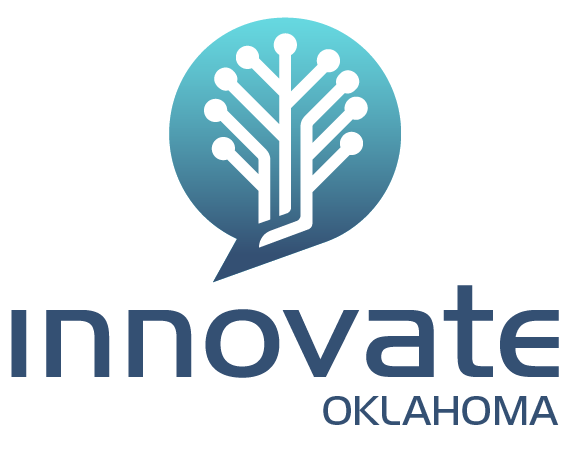I’ve been curious of late as to the impact innovation has on a company’s operations and profitability.
In a very unscientific way, I looked at one company I know to see what was going on.
The company is Ulbrich Steel in North Haven, Connecticut. They are in an industry that is generally viewed as old-school manufacturing. Plus, the steel industry overall has not exactly been making a lot of great headlines of late.
Ulbrich, however, is thriving and growing. I know their president, Chris Ulbrich, and know from our conversations that they are very innovative in terms of their products and application of those products. Was their product innovation their secret sauce for success?
Innovative products, innovative thinking
Innovative products play a big role in what Ulbrich is doing. But it is not just the innovative products that drives their success. More importantly, they promote innovative thinking throughout their organization, and turn innovative ideas into actionable ideas. That’s their secret sauce.
Innovation is the process of creating or developing something new and unique. Innovation in action is taking new and unique ideas and turning them into money, be it more revenues, improved operations, or more effective manufacturing processes.
So how do successful innovators bridge the gap between the creative thinking that drives new ideas and the linear thinking that drives the bottom line? Let me suggest two steps that are critical for putting innovation into action.
- Develop something feasible without diluting the original idea until it resembles the more familiar.
- Assuming you have transformed the idea into something doable while maintaining its uniqueness, get the organization to buy into it.
To accomplish this, successful innovative organizations become adept in three intertwined areas: climate, thinking and action.
- Climate is about how people and ideas are treated.
- Thinking is about how to generate new ideas that hold potential for the business.
- Action is about transforming those ideas into committed action plans.
Here are some illustrations of how organizations institute all three to nurture innovation in action.
Climate
- High levels of trust and openness
- Collaborative approach with less focus on hierarchy
- Leadership consistently and visibly models open-minded behaviors
- New ideas are heard with an ear toward possibilities
- Risk-taking is prudent, flexible and creative
Thinking
- Encouragement of wishing and mental risk-taking, even if an idea is initially not considered possible
- Use of metaphor to express ideas and thoughts — metaphors and analogies help to connect new ideas with the familiar, and often provide insight into nuances of a concept
- Proactive connection between seemingly unrelated things — this is the very essence of creative thinking
Action
- Explore the widest possible range of options before making decisions
- Purposeful collaboration across the organization for cross-functional buy-in
- Applications of commonly shared processes
The Ulbrich management team embraces all of the components mentioned above. The clearest manifestation of this is in their strong advocacy of Lean Manufacturing. Last year alone they had more than 600 Lean events throughout their manufacturing plants.
In the product development arena, their latest innovative success is in the solar industry. Ulbrich provides a uniquely designed and precisely engineered wire for solar panels. Their innovative design increases the output of each cell by 2 percent. In a solar farm with thousands of panels, that 2 percent adds up.
Ulbrich Steel, a company that started out as a scrap metal operation in 1924, is now a global force. They’ve bridged the gap between smart ideas and practical applications.
The bottom line — Innovative ideas are nice. Innovation in action is profitable.
Article Source: http://www.bizjournals.com/wichita/how-to/growth-strategies/2017/05/how-innovation-can-impact-a-companys-profitability.html
How innovation can impact a company’s profitability
by Ken Cook Contributing Writer, bizjournals.com





